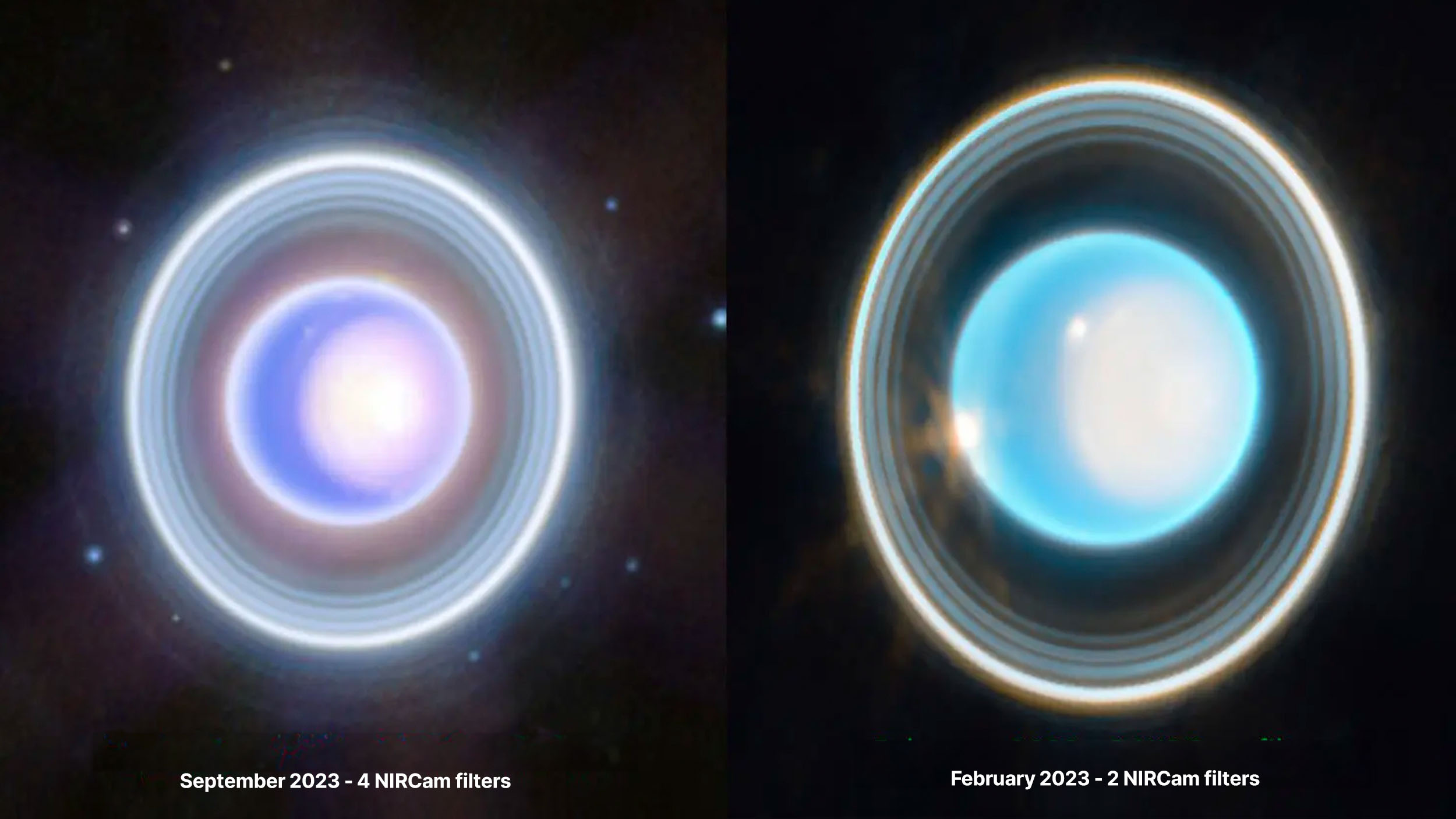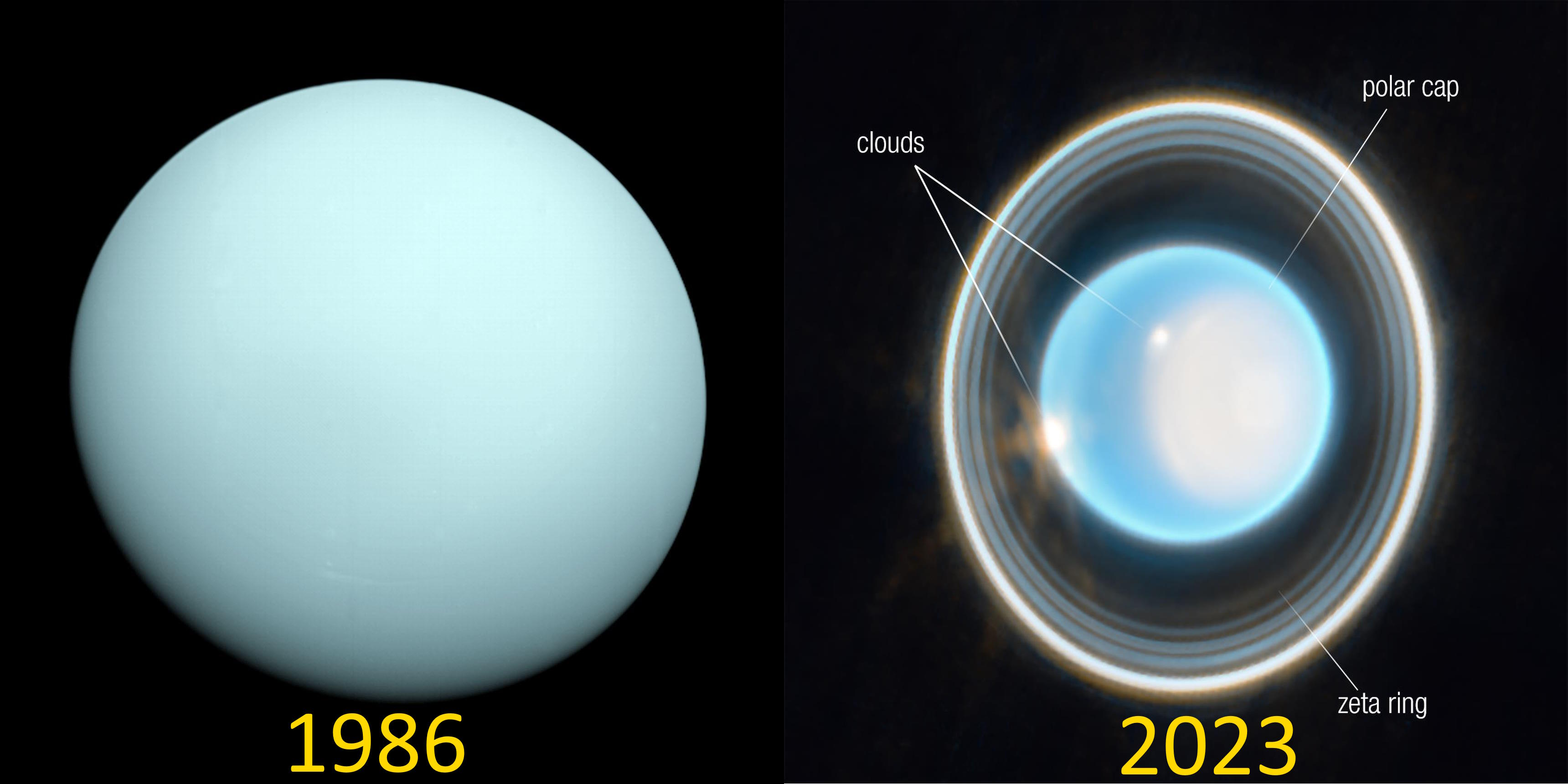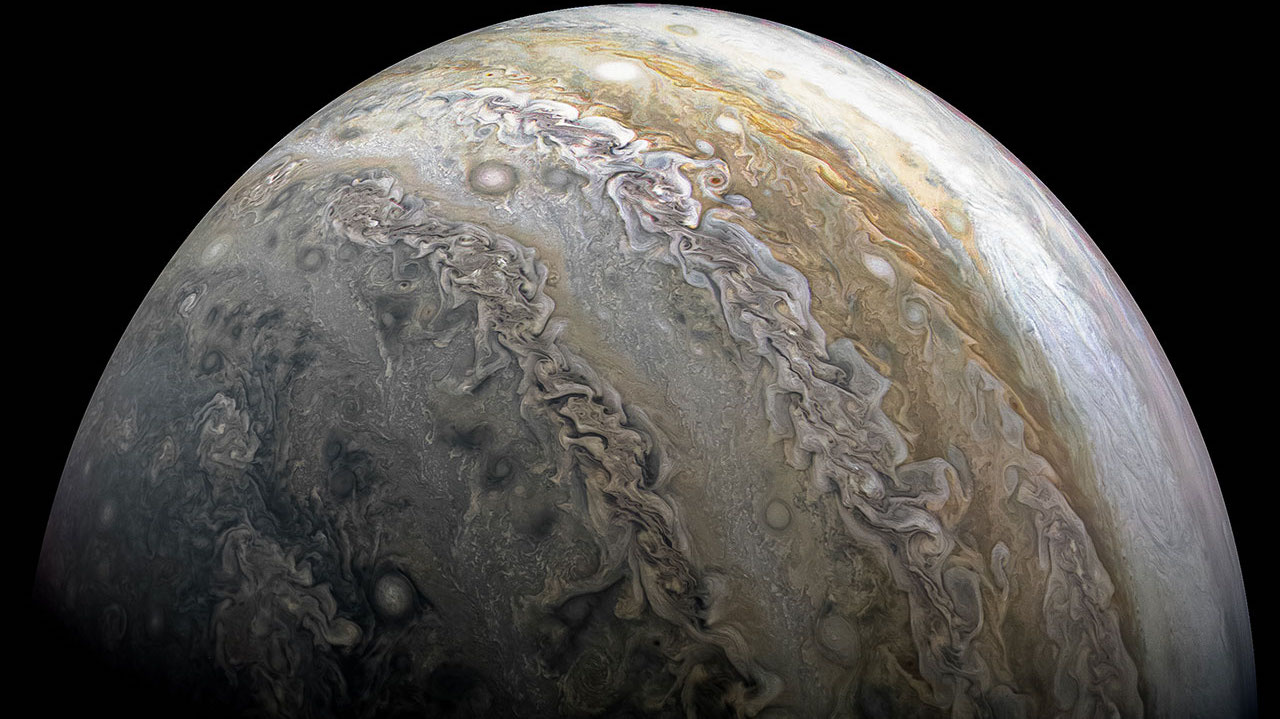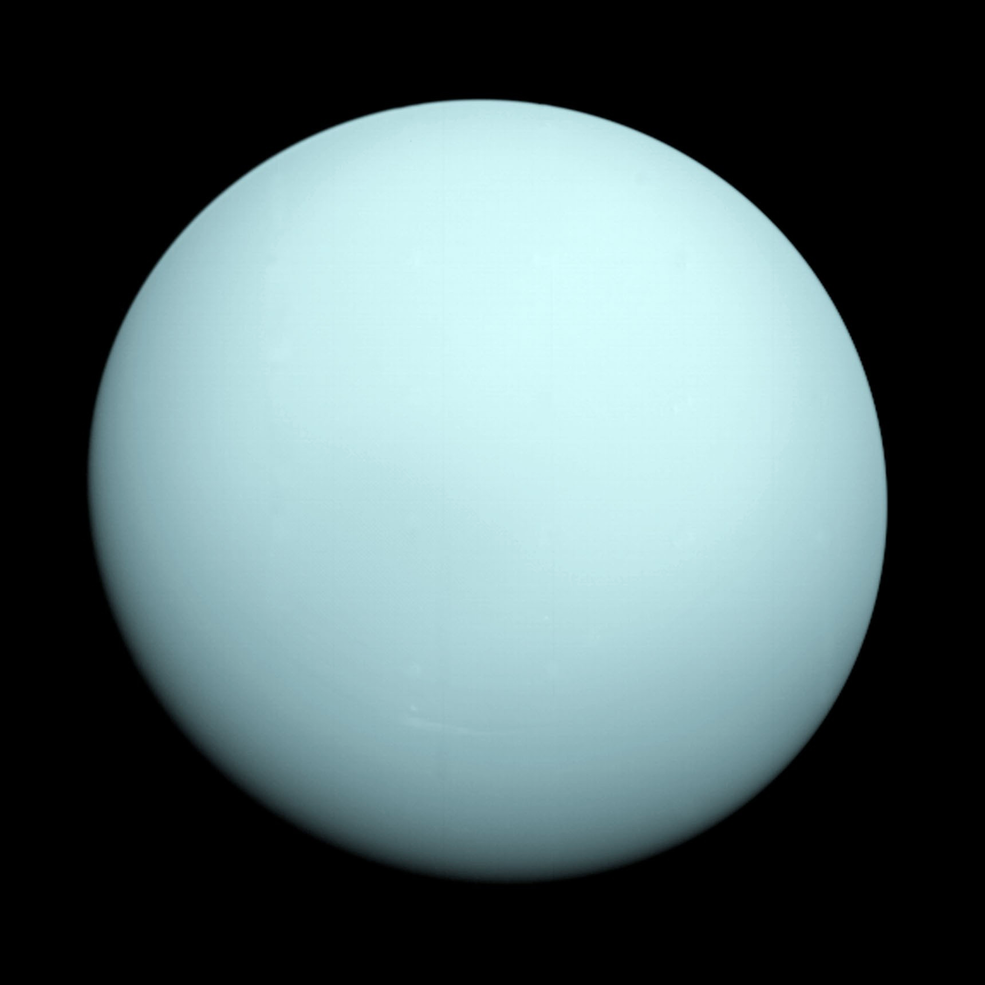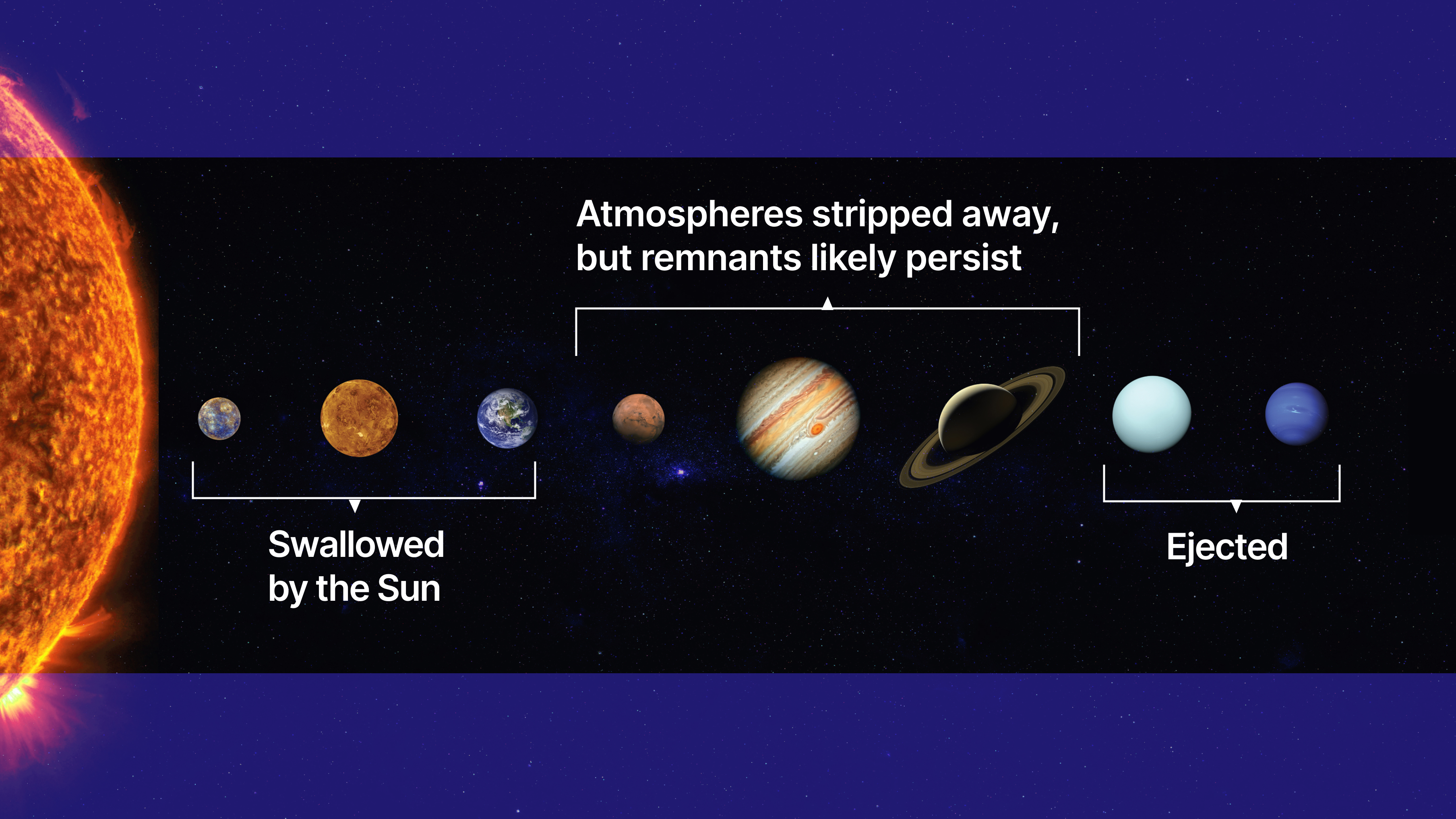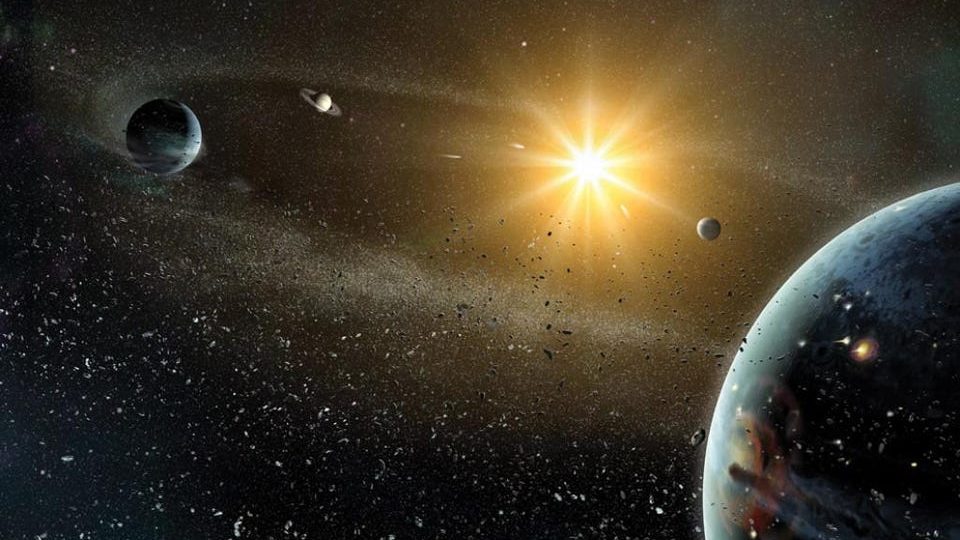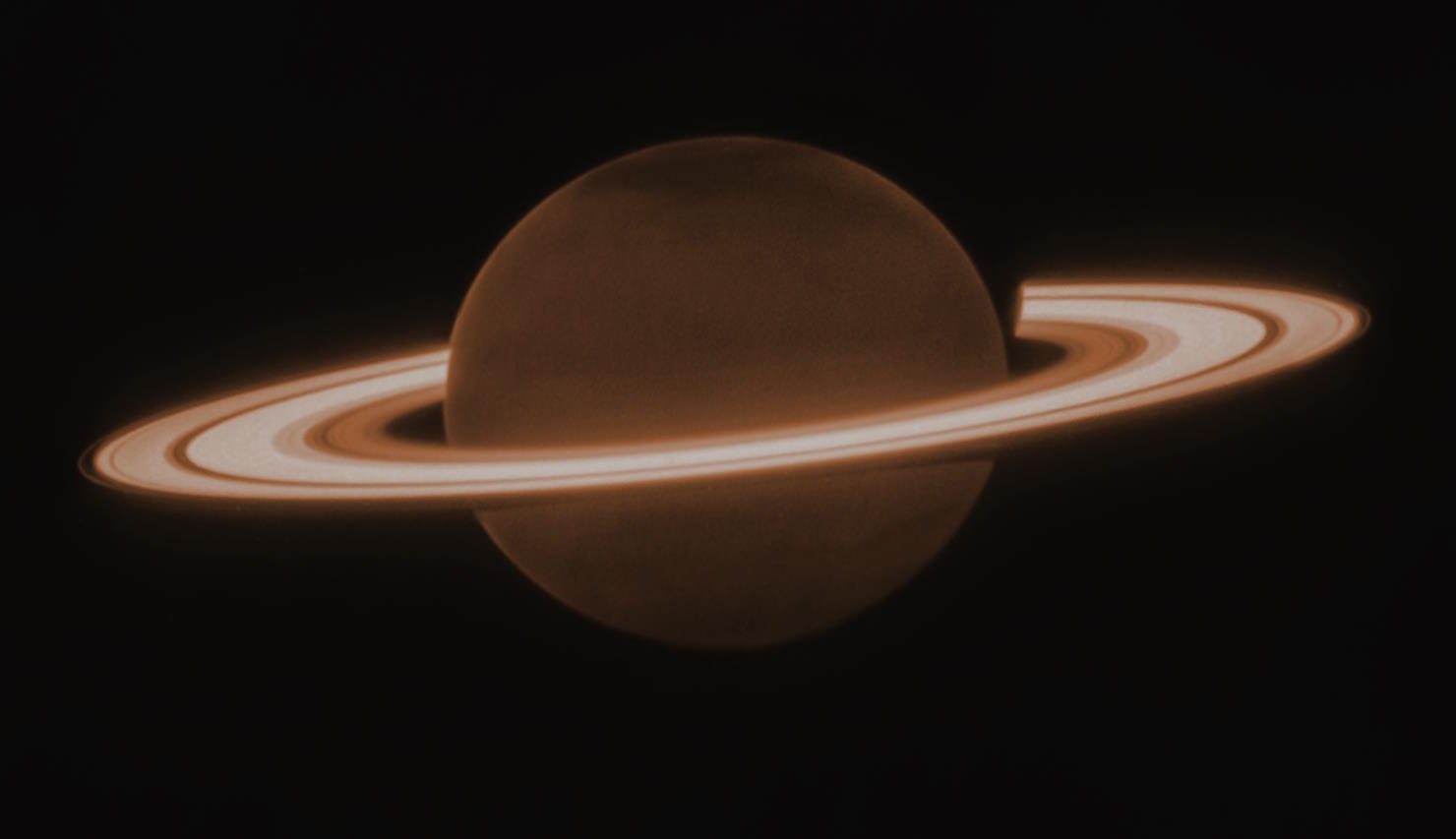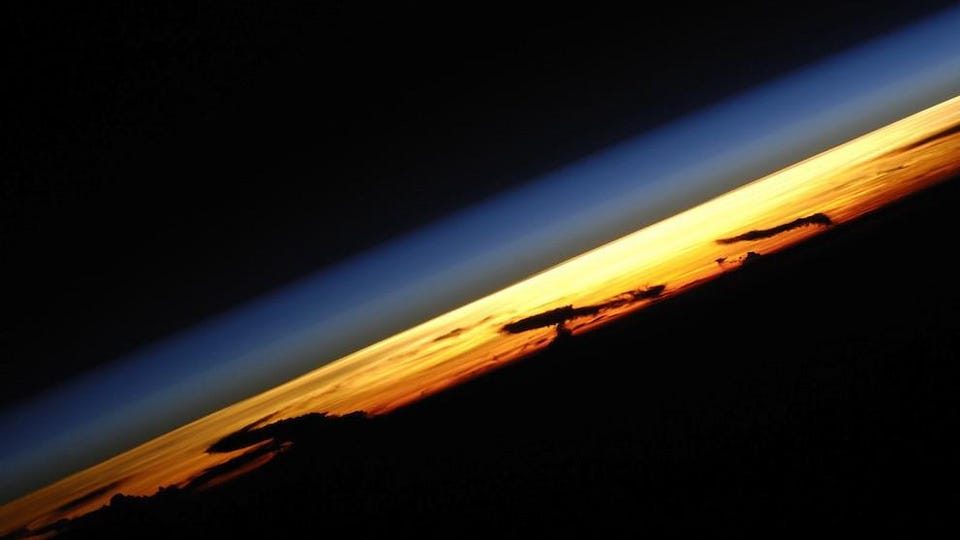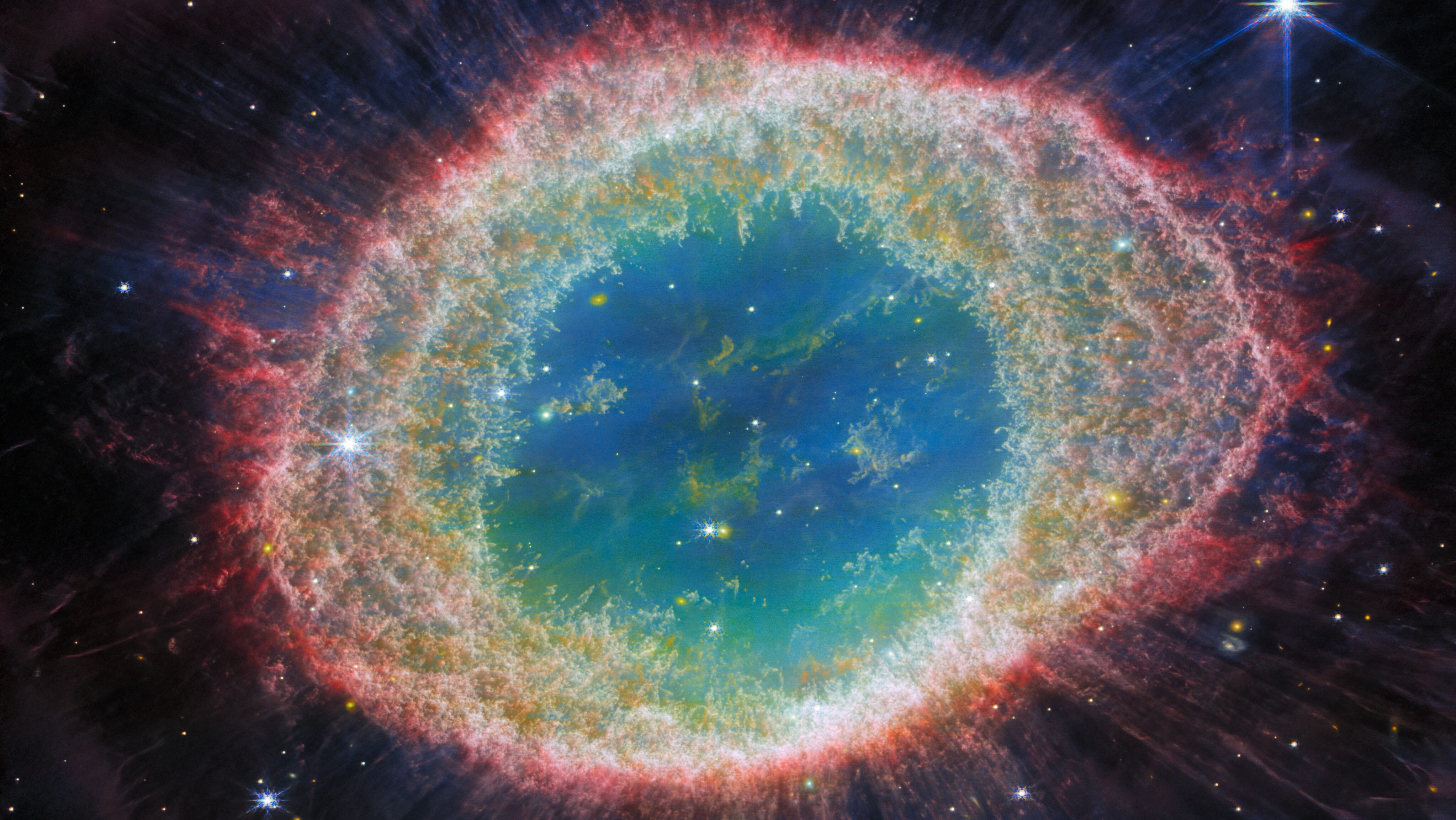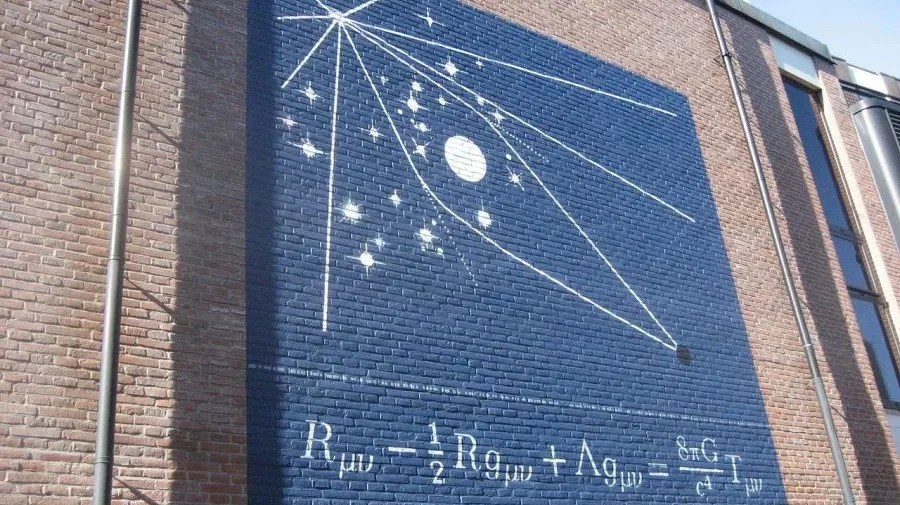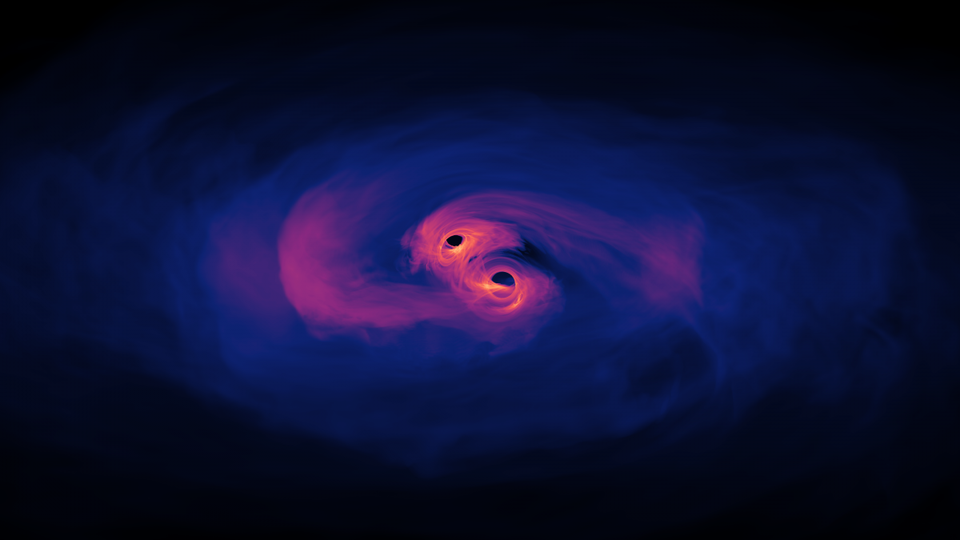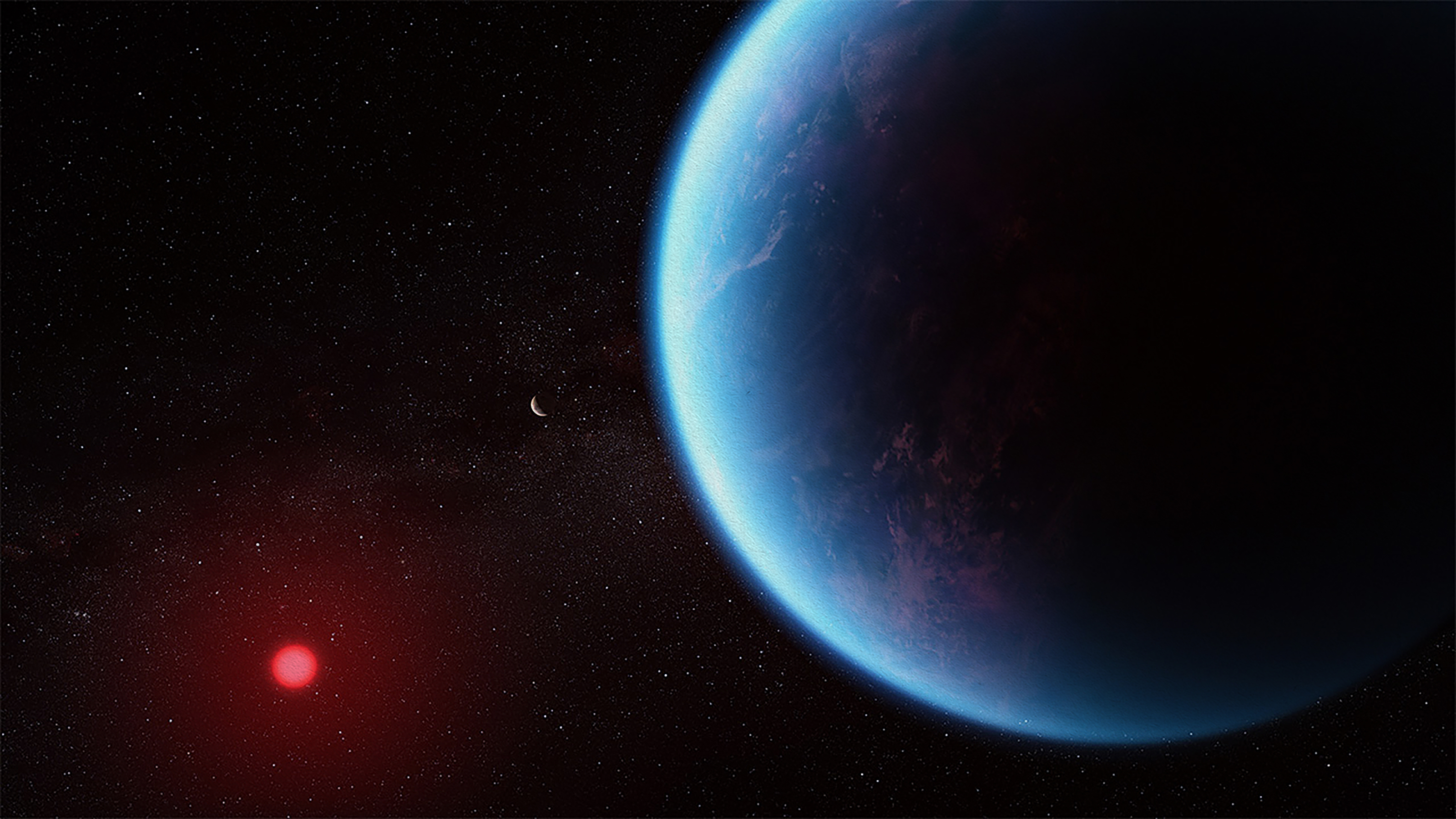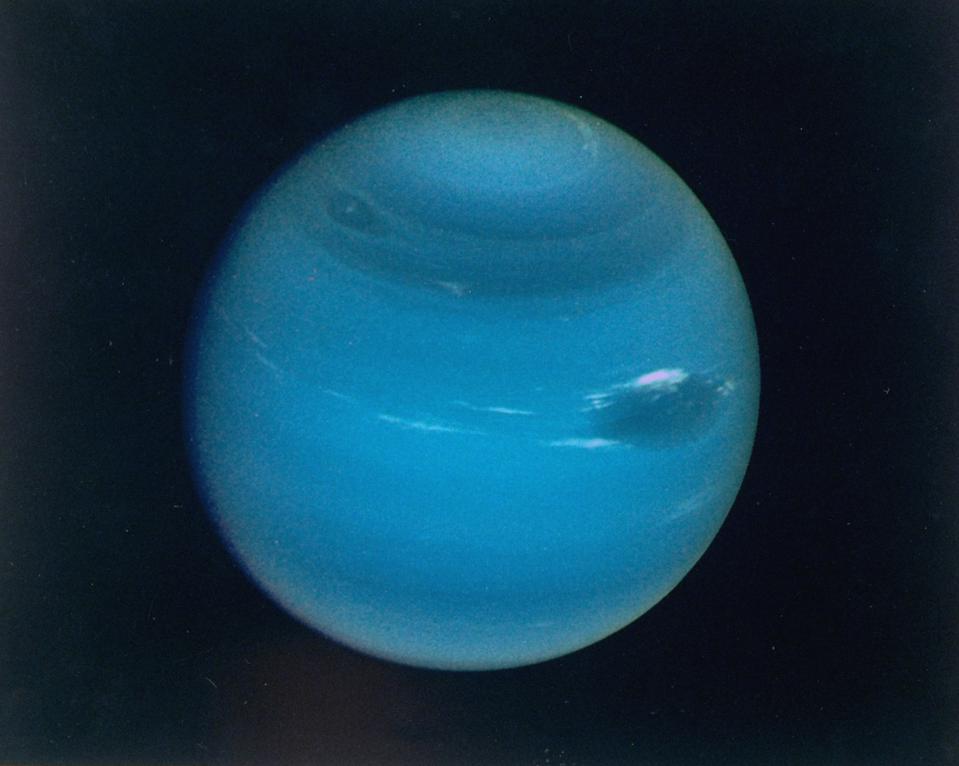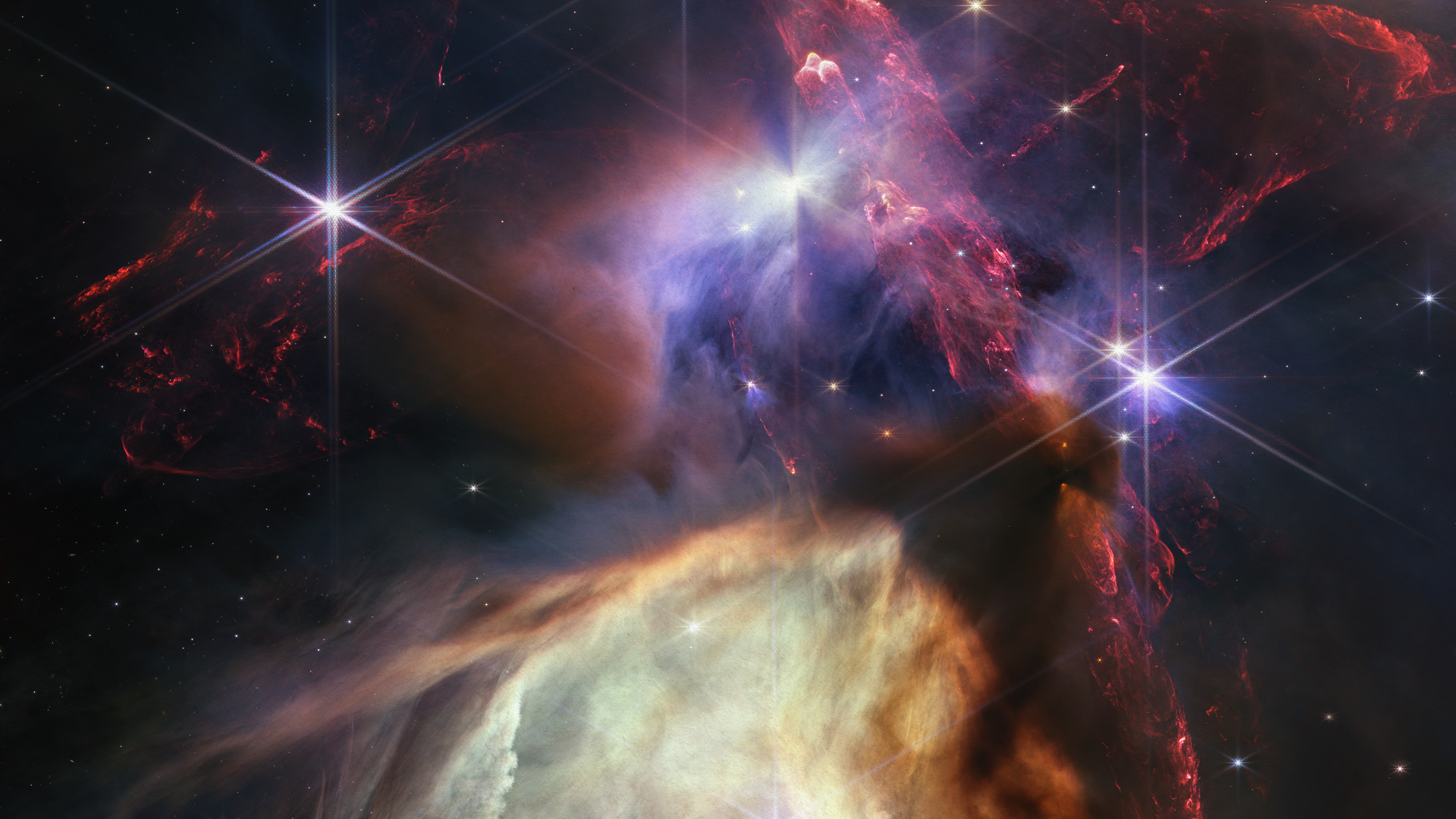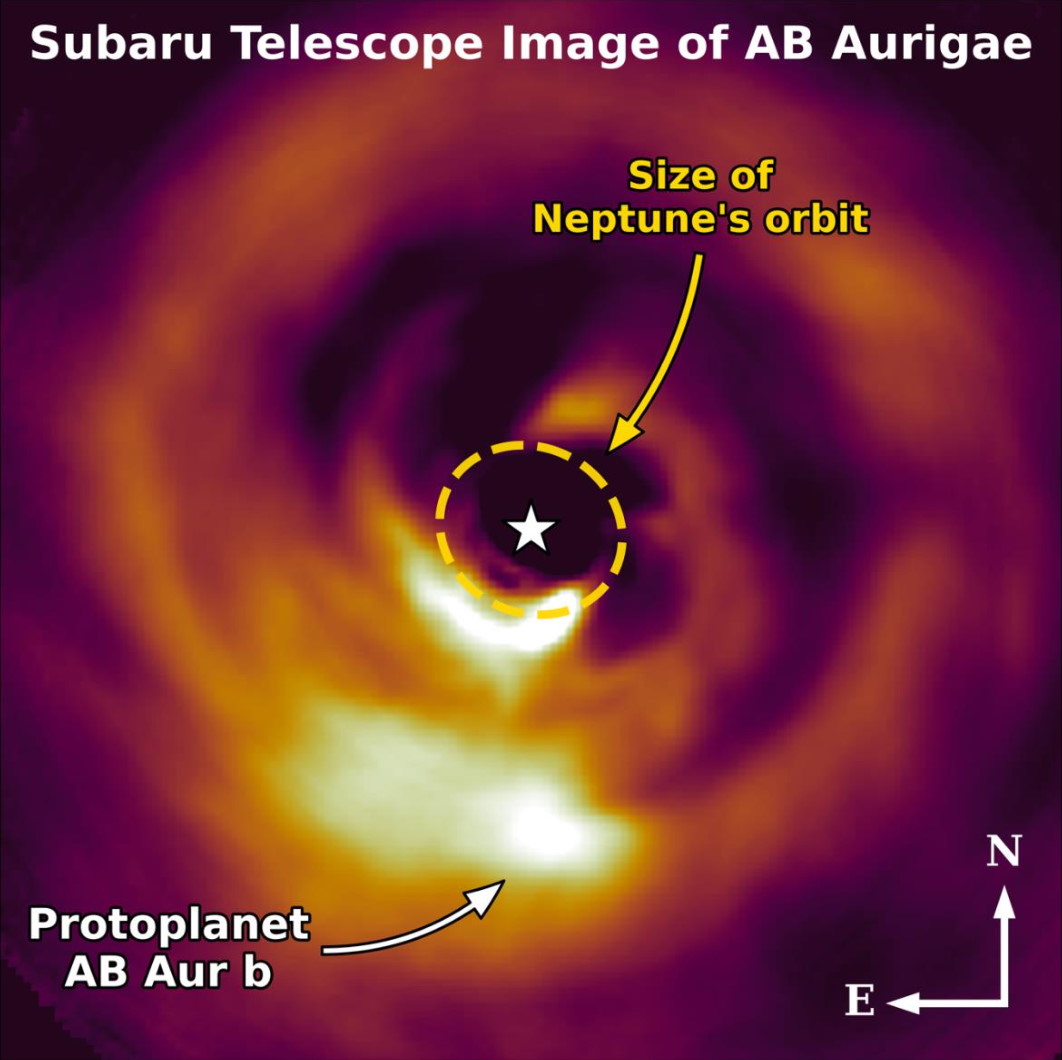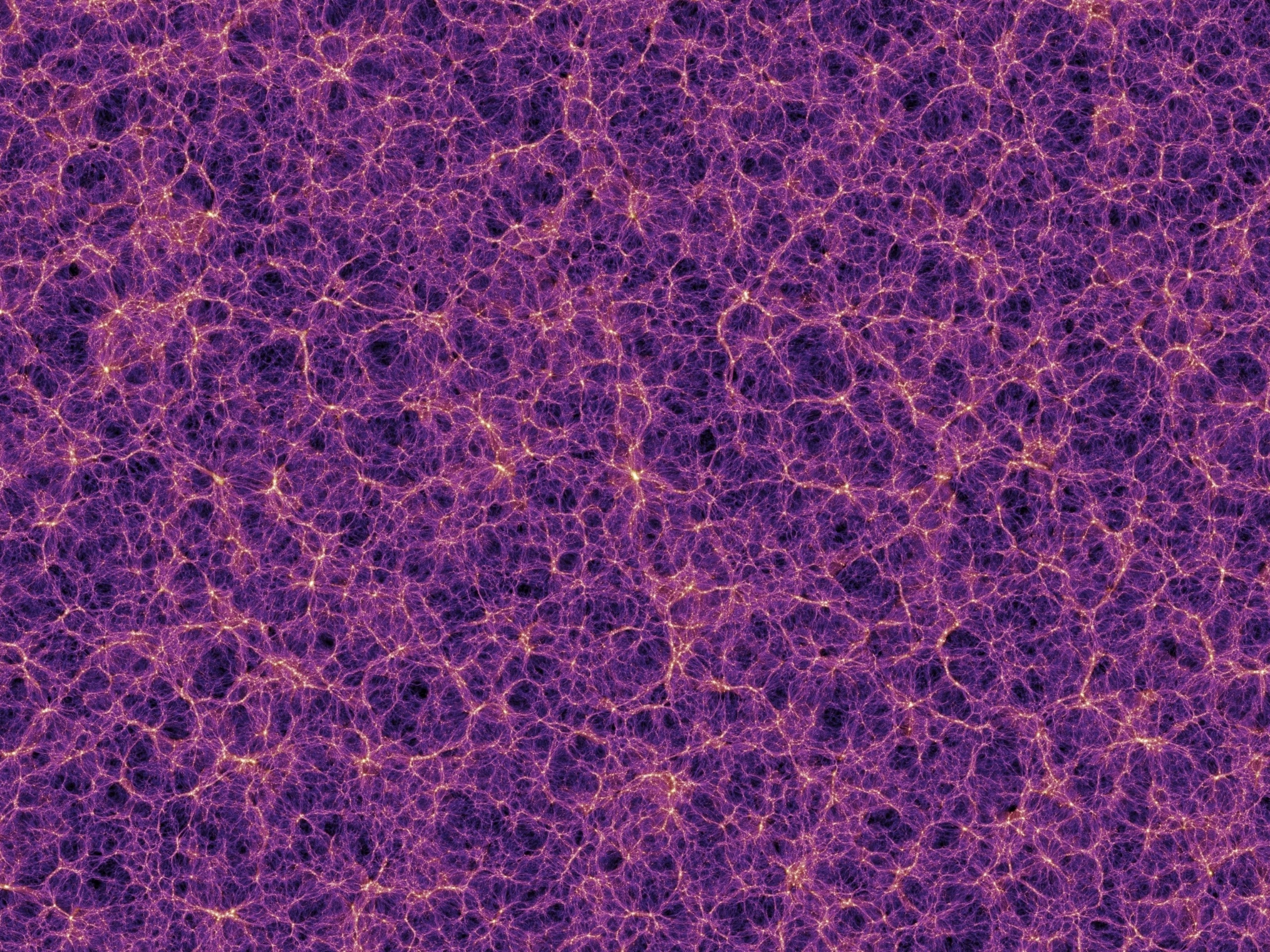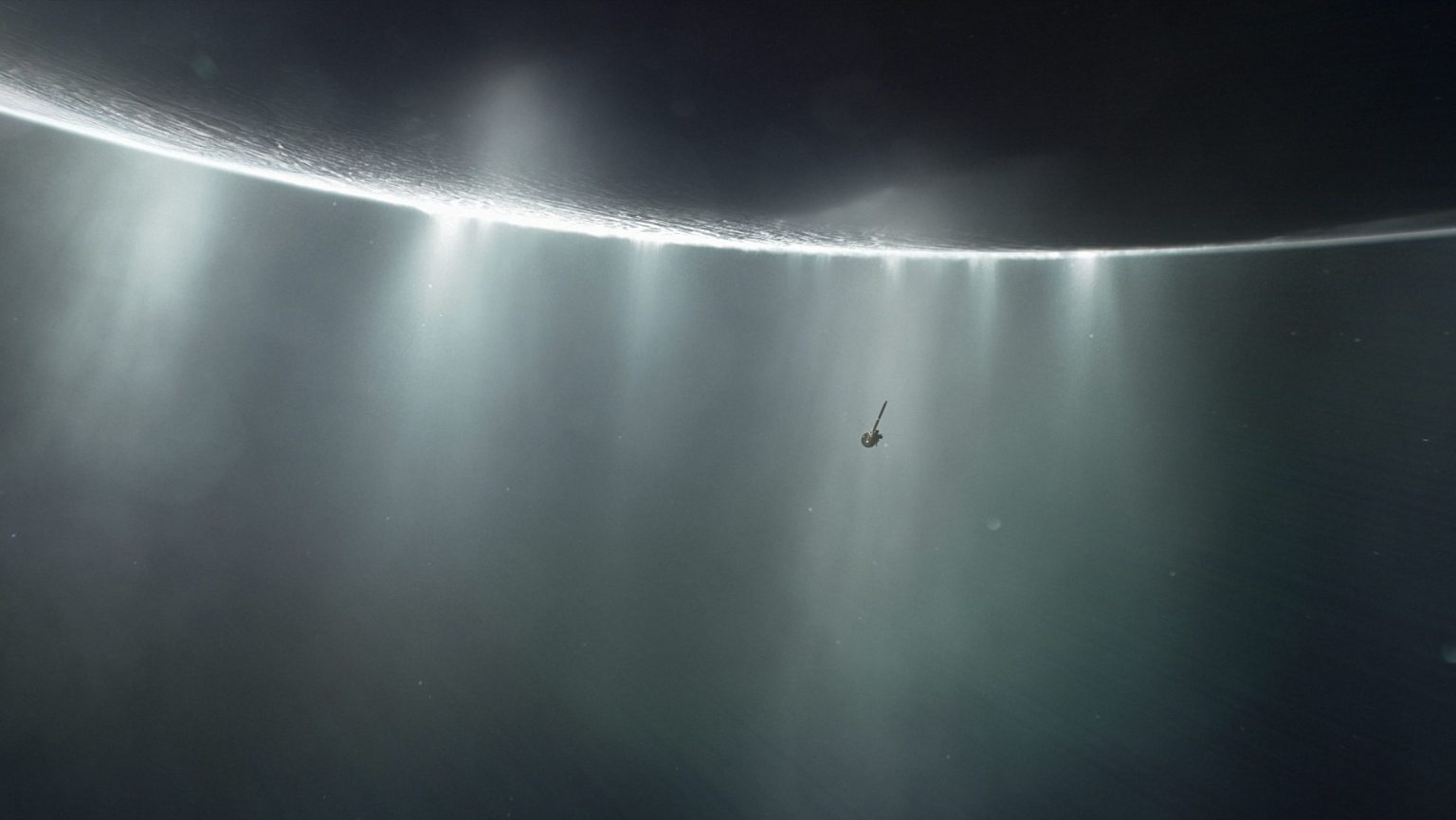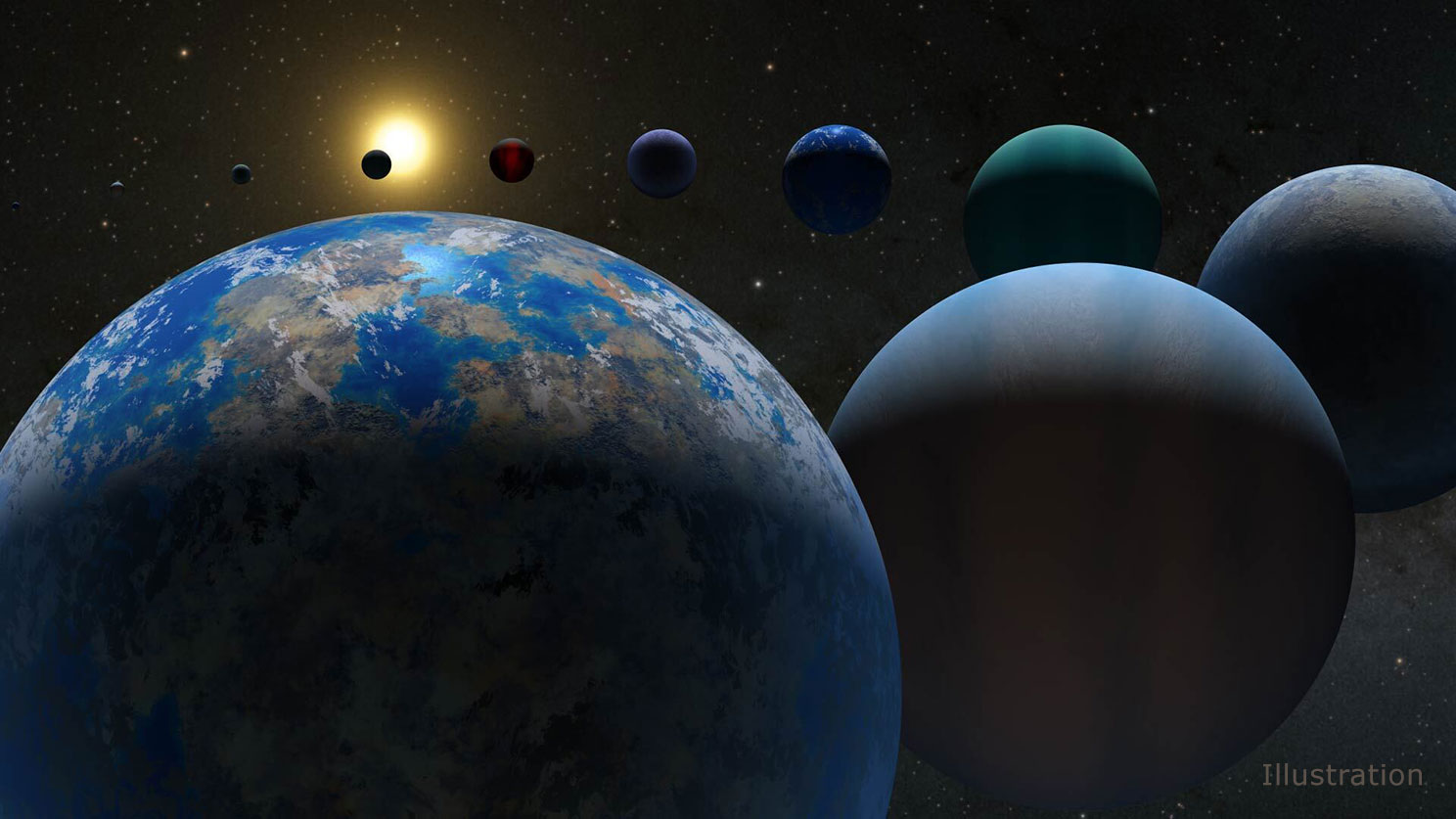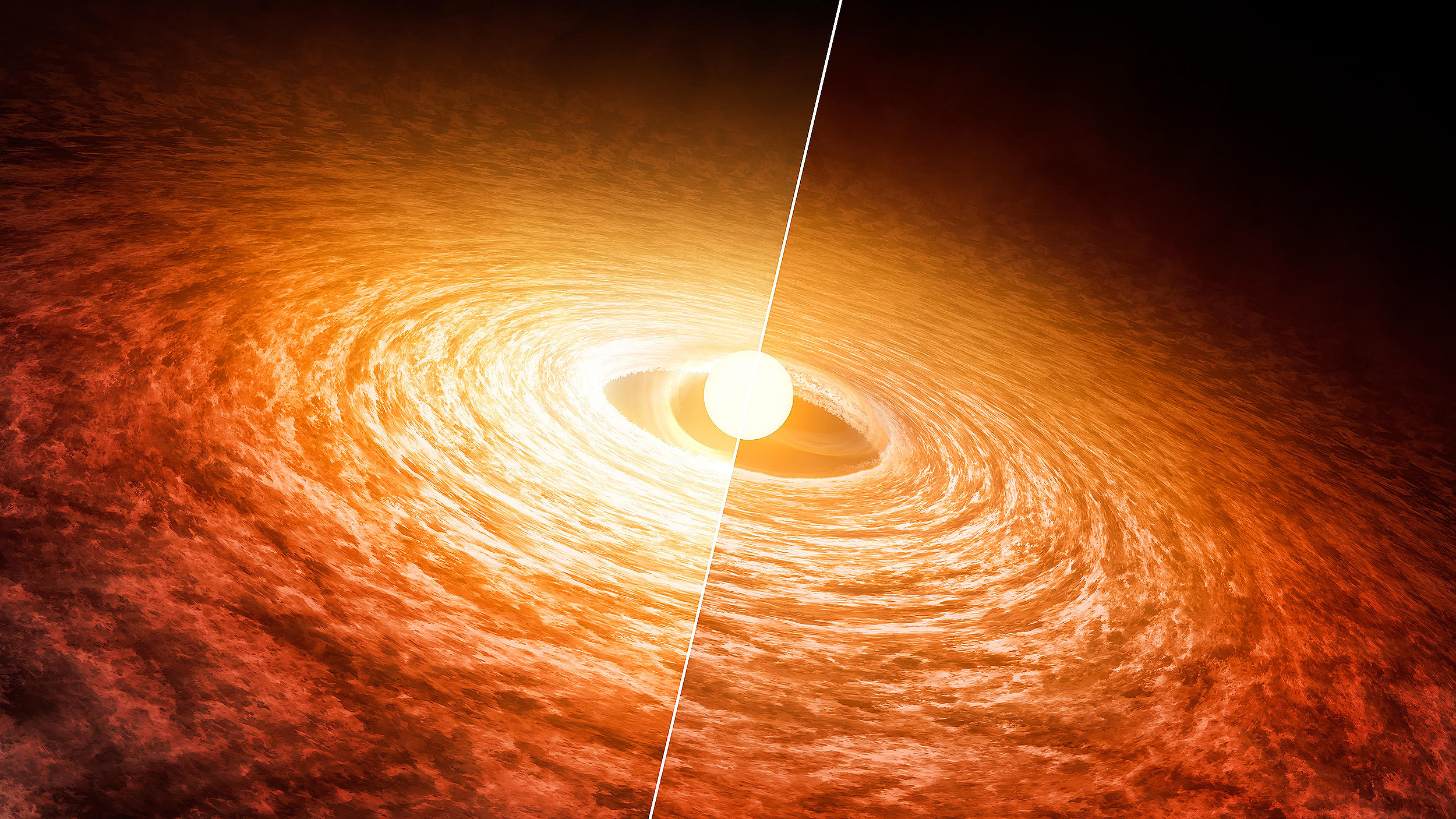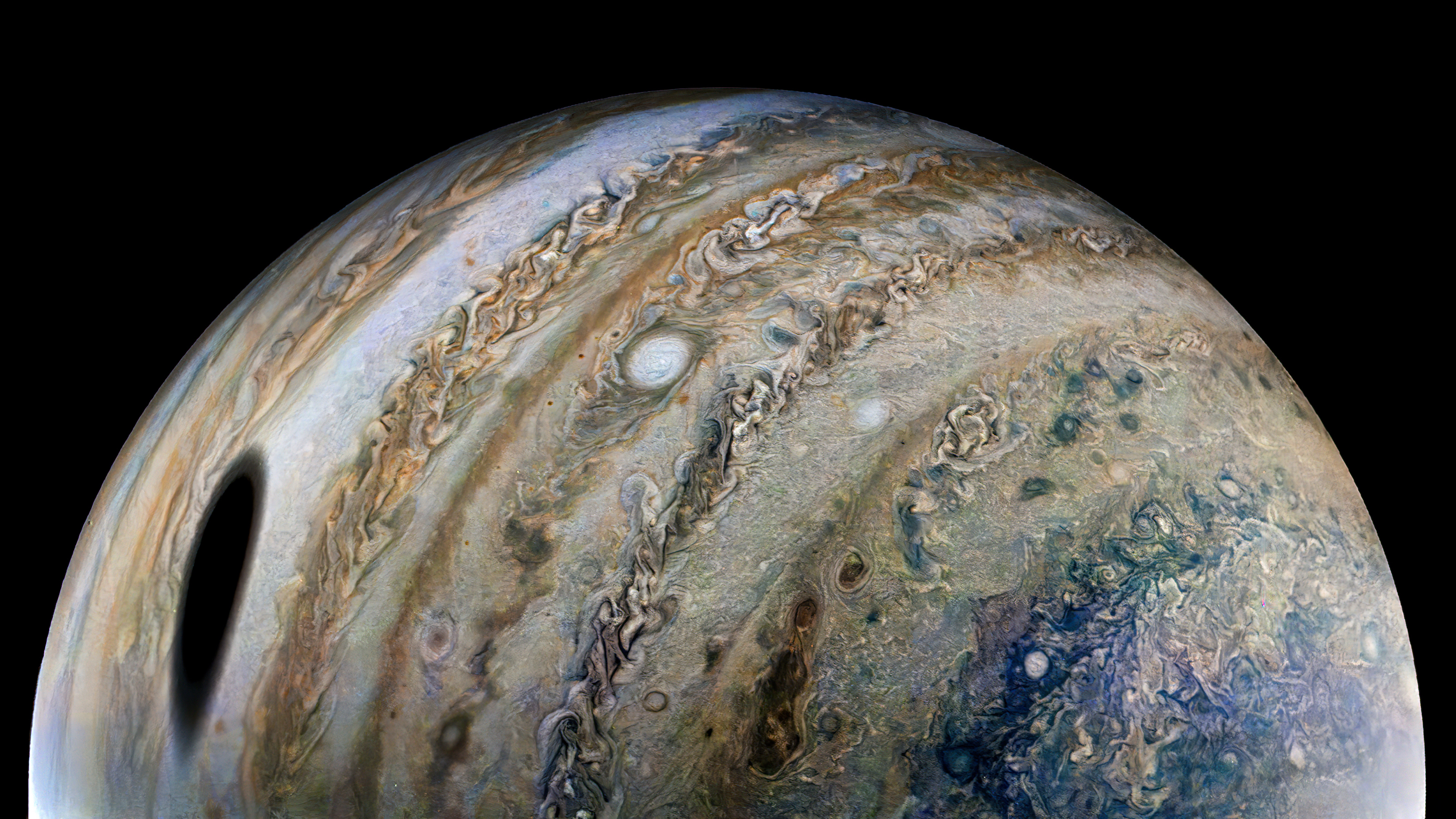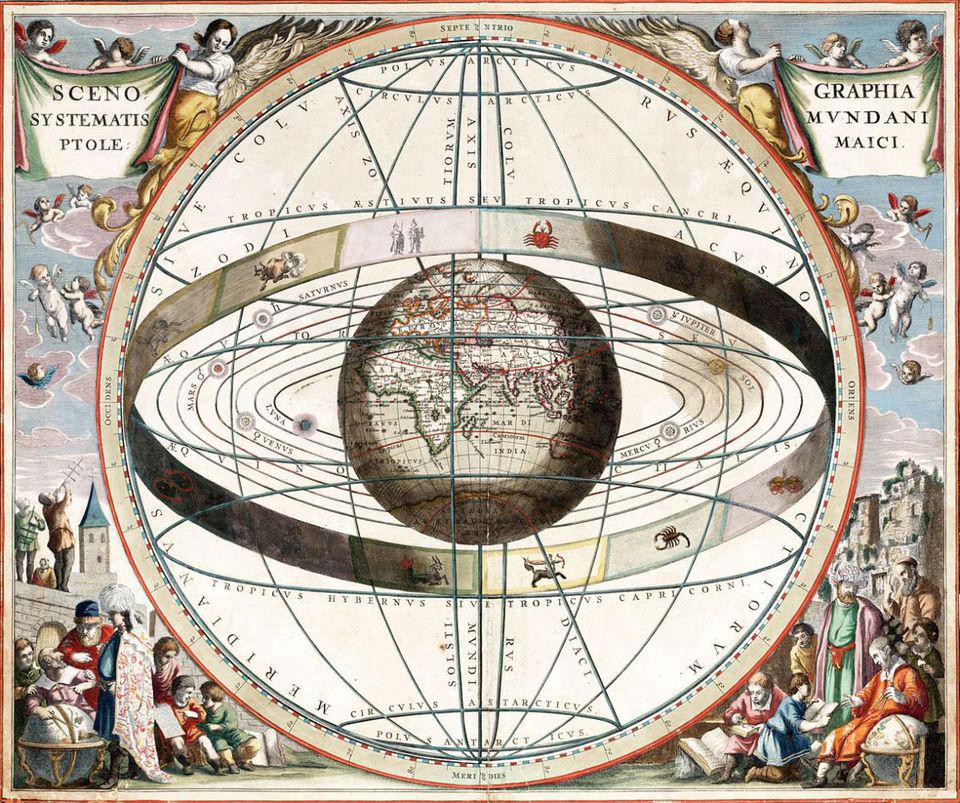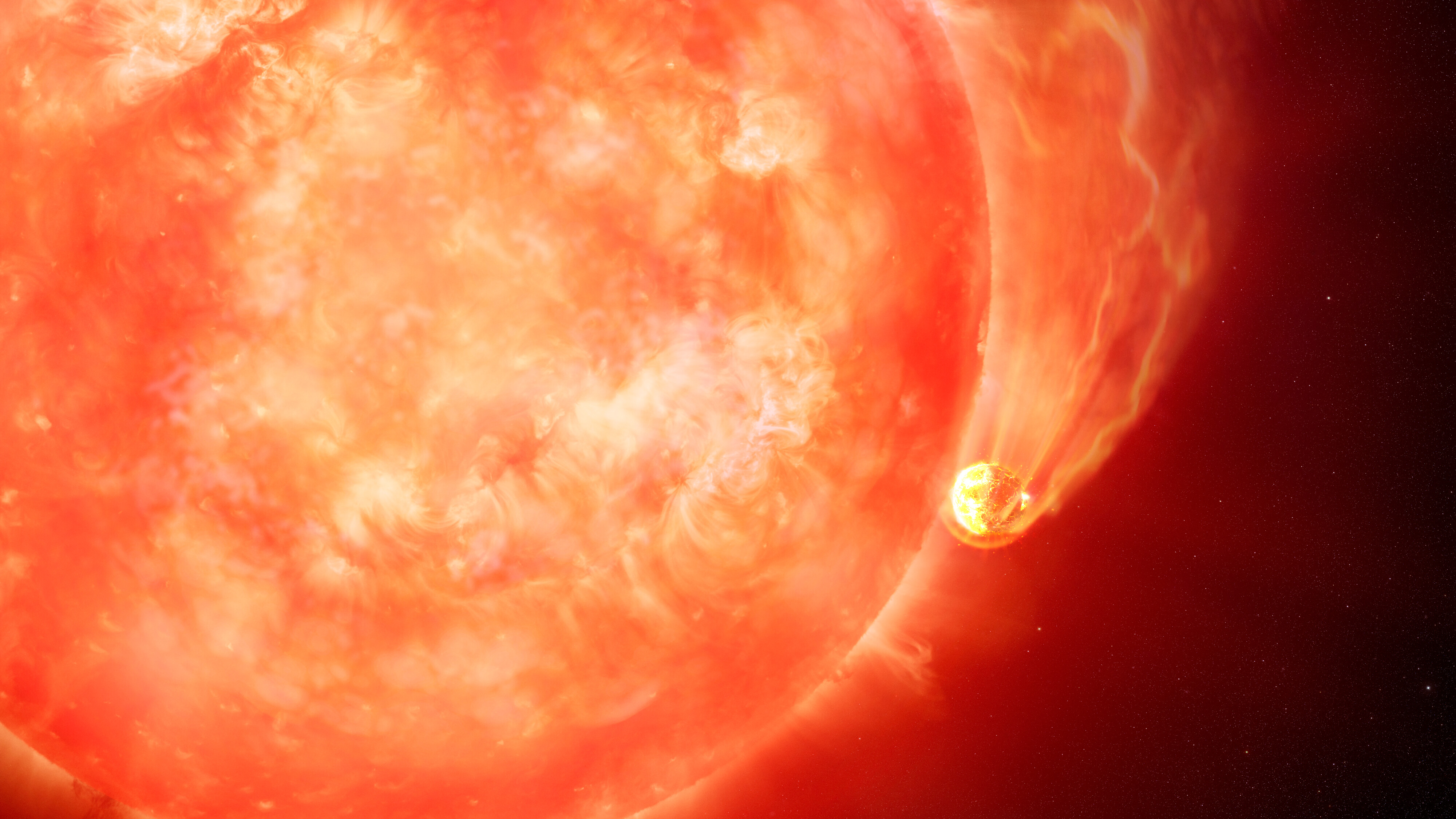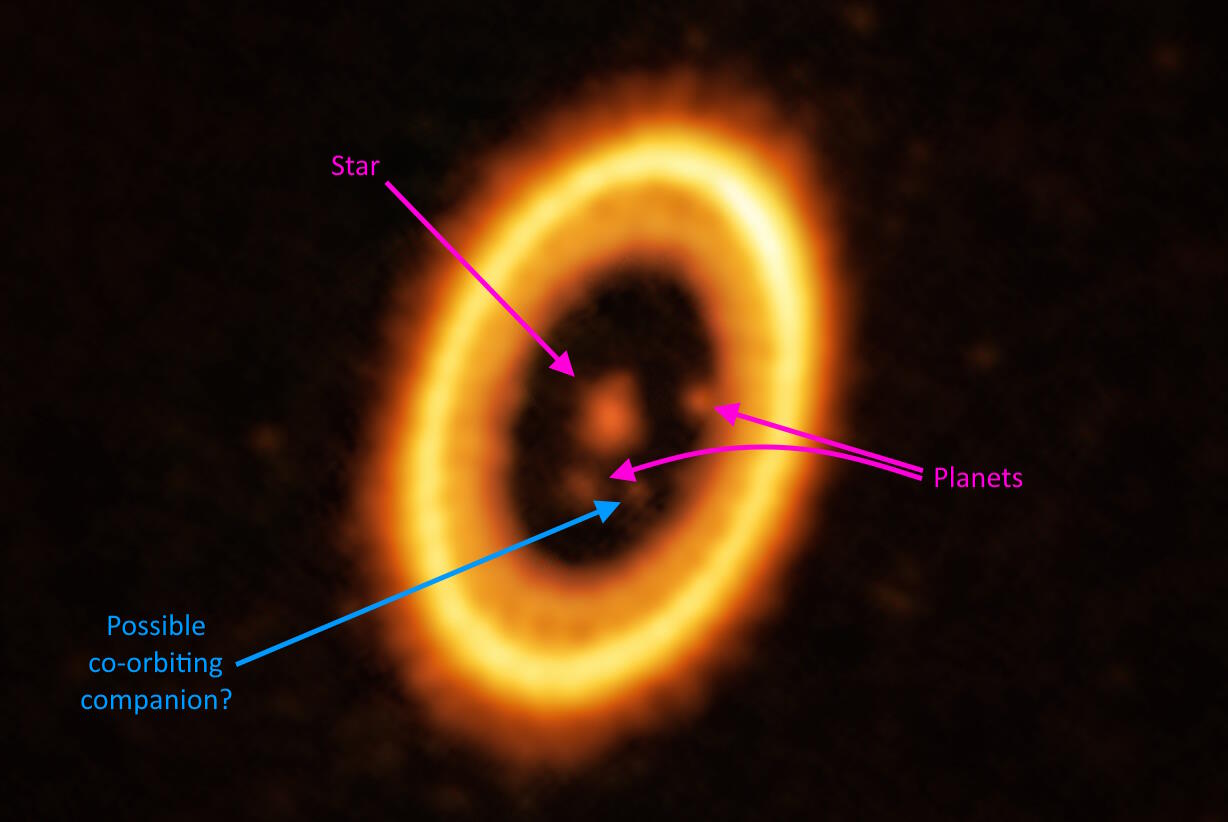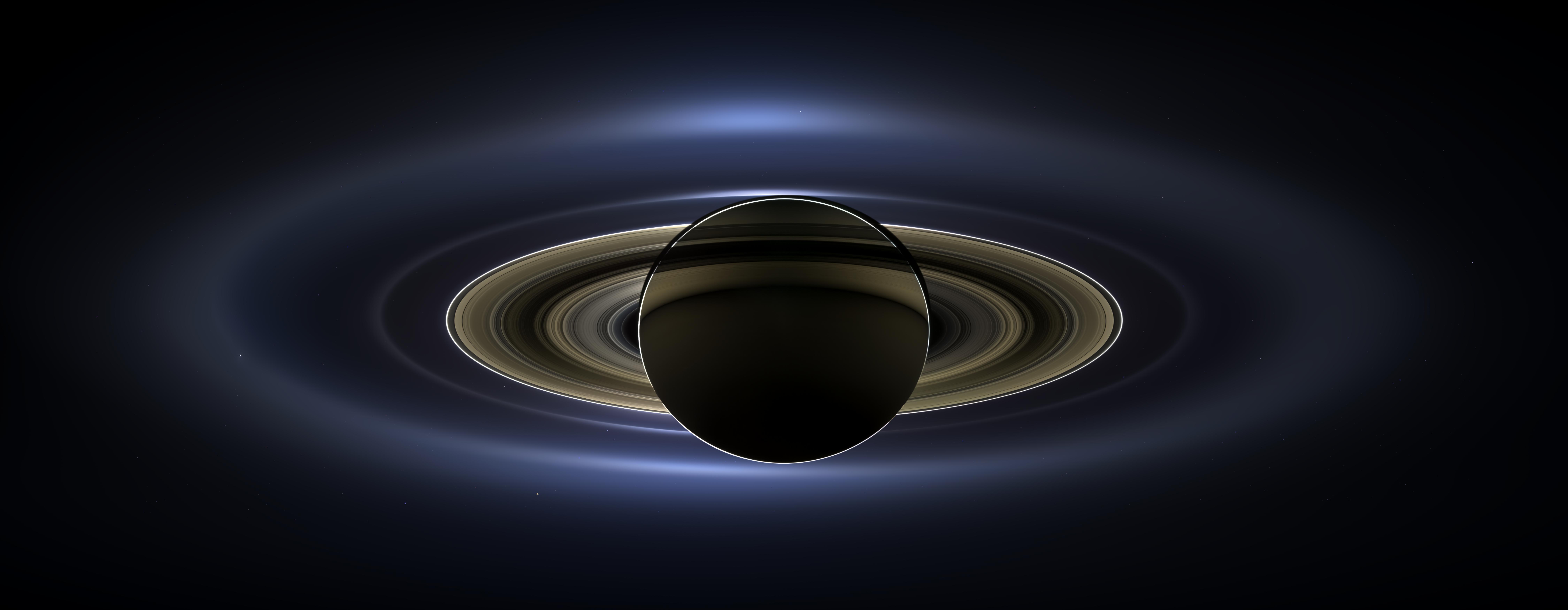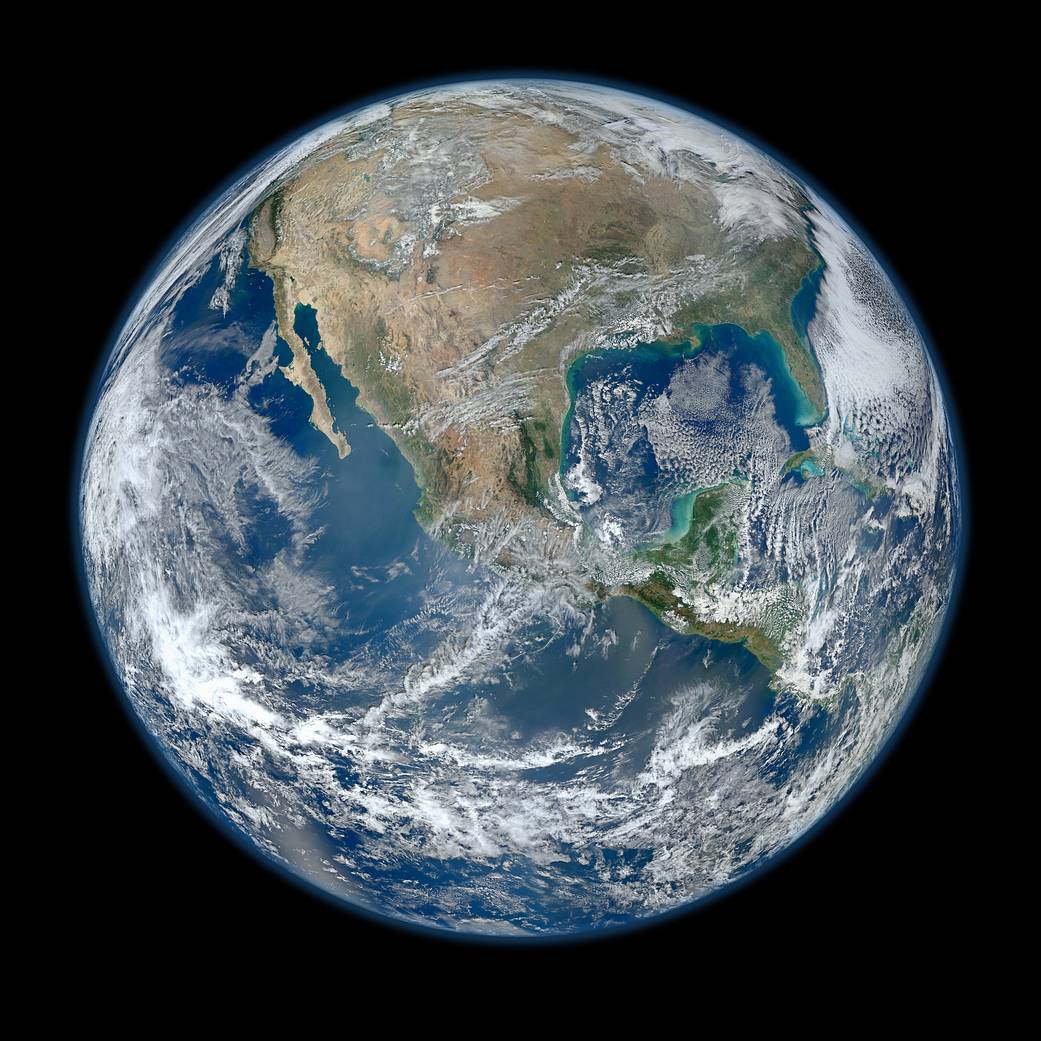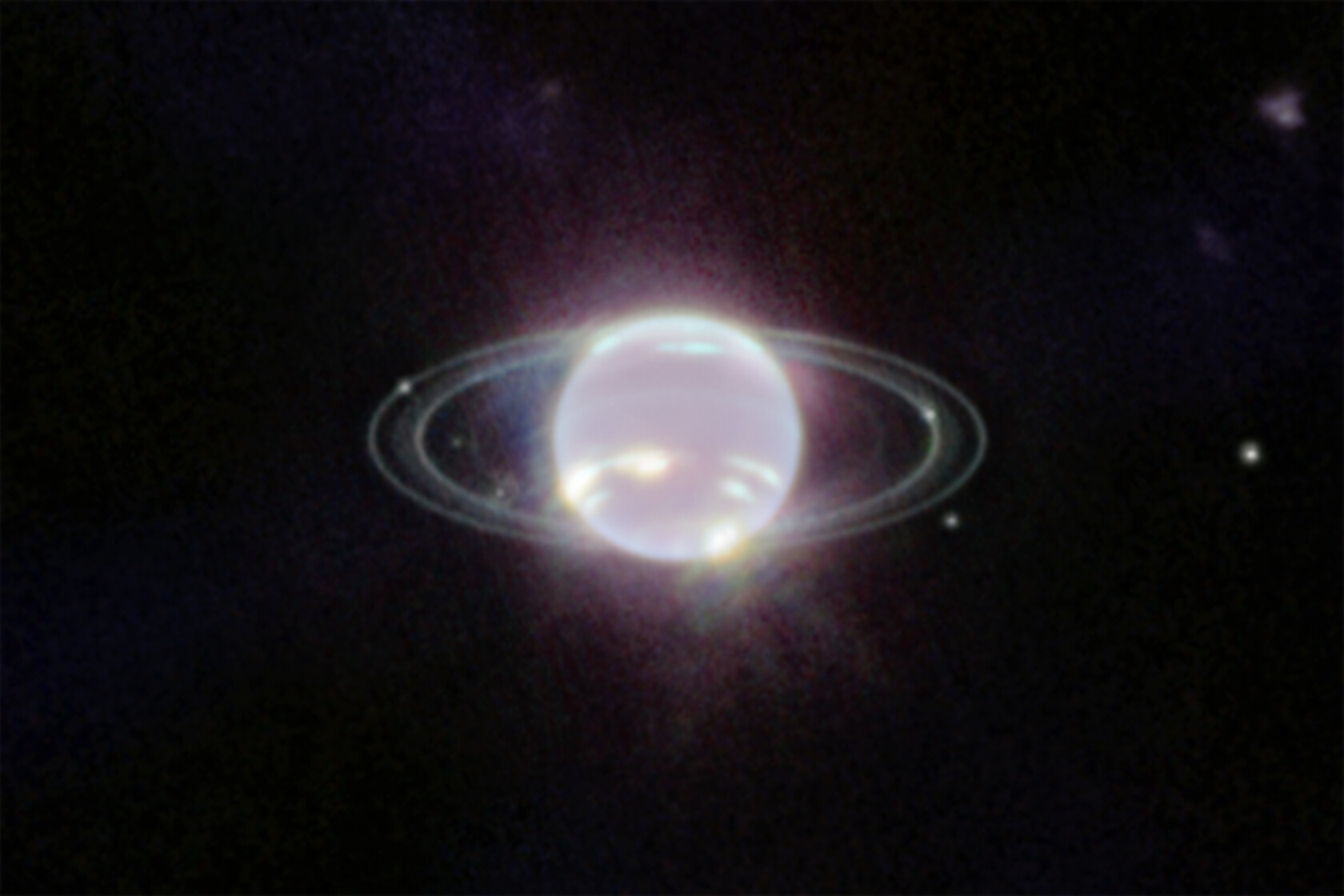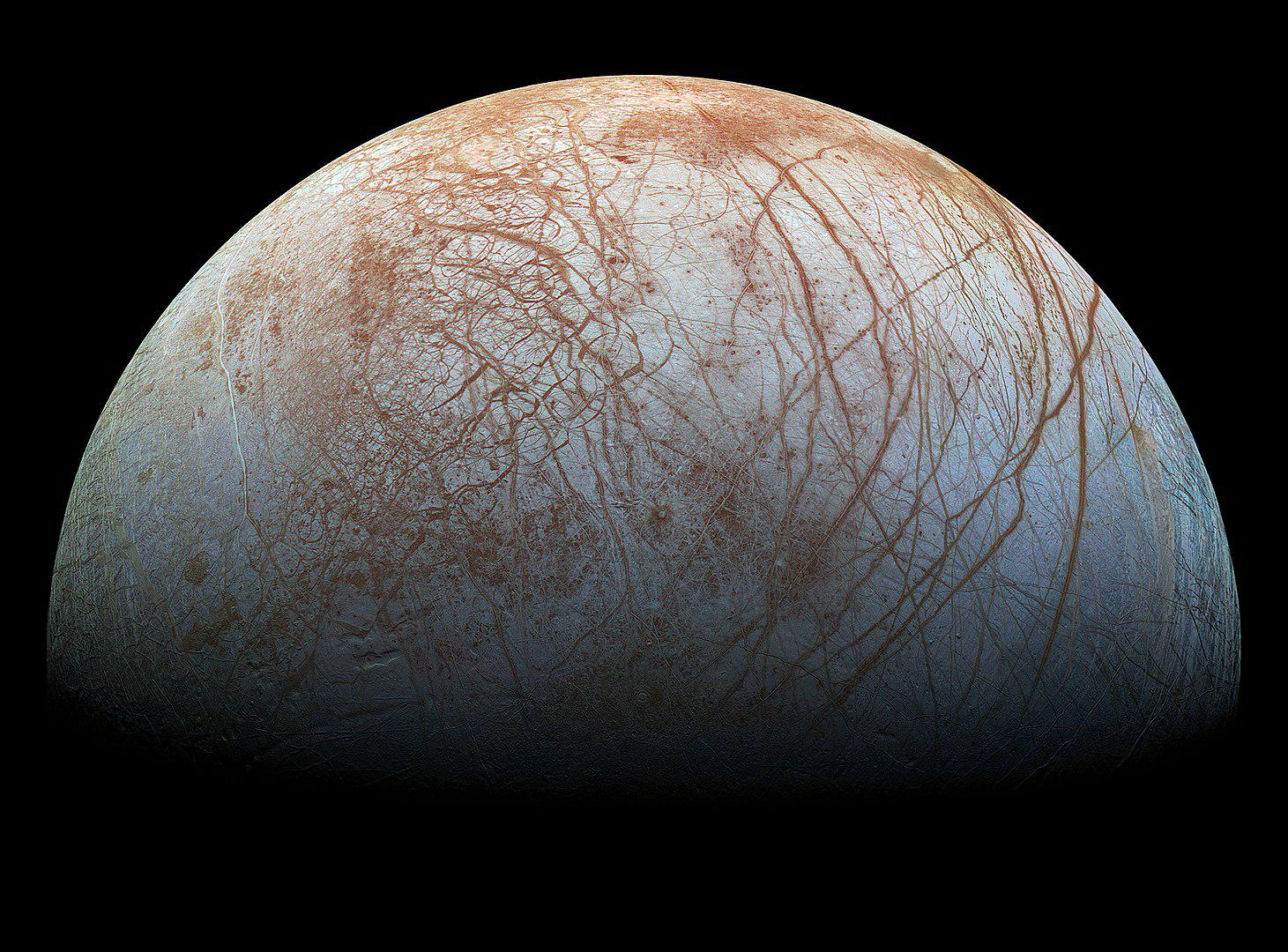As Uranus approaches its solstice, its polar caps, rings, and moons come into their best focus ever under JWST’s watchful eye. See it now!
Search Results
You searched for: Uranus
Voyager 2 flew past Uranus in 1986, finding a bland, featureless world. Now, in 2023, JWST’s sights are similar. There’s a reason for that.
Adams was infamously scooped when Neptune was discovered in 1846. His failure wasn’t the end, but a prelude to a world-changing discovery.
The outer planets’ clouds hide the weirdness within.
We’ve only seen Uranus up close once: from Voyager 2, back in 1986. The next time we do it, its features will look entirely different.
For now, our Solar System’s eight planets are all safe, and relatively stable. Billions of years from now, everything will be different.
From the coldest planets to spacecraft that have exited the Solar System, these little-known facts stump even many professional astronomers.
While Saturn and its moons all appear faint and cloudy to JWST, Saturn’s rings are the star of the show. Here’s the big scientific reason.
Figuring out the answer involved a prism, a pail of water, and a 50 year effort by the most famous father-son astronomer duo ever.
The Universe is an amazing place. Under the incredible, infrared gaze of JWST, it’s coming into focus better than ever before.
Although many of Einstein’s papers revolutionized physics, there’s one Einsteinian advance, generally, that towers over all the rest.
Newton thought that gravitation would happen instantly, propagating at infinite speeds. Einstein showed otherwise; gravity isn’t instant.
Within the next few decades, we may well have hard evidence for the existence of alien life on worlds light-years distant from Earth.
Gravitation, all on its own, can reveal what’s present in the cosmos like nothing else.
The space telescope’s findings challenge the notion of a galaxy brimming with life.
Do you think you know the Solar System? Here’s a fact about each planet that might surprise you when you see it!
The story of how Jupiter, Saturn, Uranus and Neptune were made isn’t a universal one. Some gas giants were built different.
Human beings are tiny creatures compared to the 92 billion light-year wide observable Universe. How can we comprehend such large scales?
This research team is working out how to detect extraterrestrial cells in the liquid water ocean hidden beneath Enceladus’s icy crust.
The structure of our Solar System has been known for centuries. When we finally started finding exoplanets, they surprised everyone.
Newborn stars are surrounded only by a featureless disk. Debris disks persist for hundreds of millions of years. So when do planets form?
The classic picture of Jupiter’s great rocky core might be entirely wrong.
No planet enters retrograde more frequently than Mercury, which does so 3-4 times each year. Here’s the scientific explanation for why.
Many planets will eventually be devoured by their parent star. For the first time, we caught a star in the act, eating its innermost planet!
The giant impact theory suggests our Moon was formed from proto-Earth getting a Mars-sized strike. An exoplanet system shows it’s plausible.
The secret ingredient is violence, and it just might indicate that “moonmoons” aren’t as uncommon as most astronomers think.
Science is for everyone, even those possessing strongly held beliefs that seem to conflict with the best available evidence.
Get ready for the most peculiar road trip that will help you understand the vastness and emptiness of the solar system — and Sweden.
The James Webb Space Telescope viewed Neptune, our Solar System’s final planet, for the first time. Here’s what we saw, and what it means.
Water is vital for life. Luckily for spacefaring humans, the solar system is full of it.
